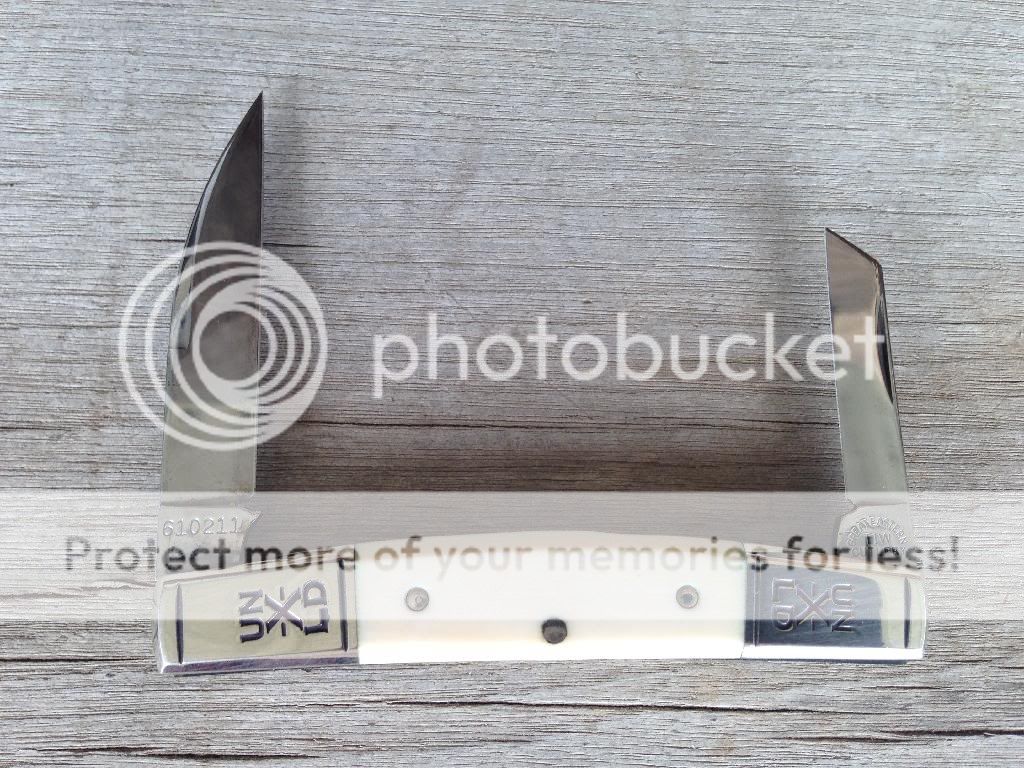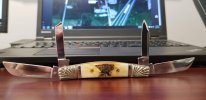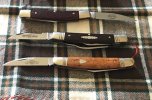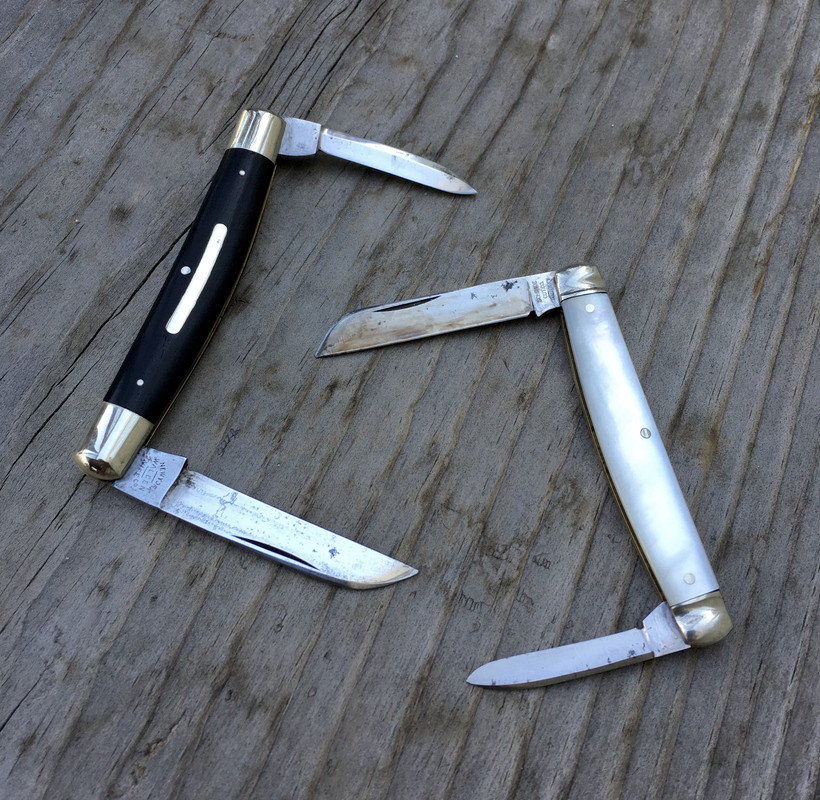CoffeeCat2112
Gold Member
- Joined
- Jan 26, 2007
- Messages
- 2,339
The shadow pattern and bone texture on this one is amazing!a WW1 era Camillus

I agree, Gus - that knife is the Platonic form of "Congress". Wow!
Love the color on this one!
This one, too!
As far a the pattern itself, I don't really go in for redundant blades on a knife or more than two blades (exception made for SAKs), so I'm more fond of the half Congress and Congress jack (go figure). Still, there are some beautiful examples of the type in this thread already. :thumbup:



















